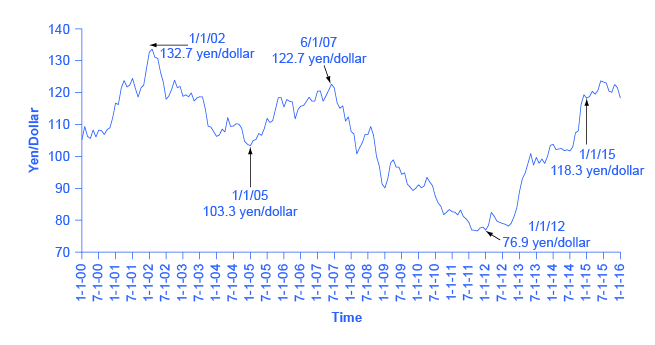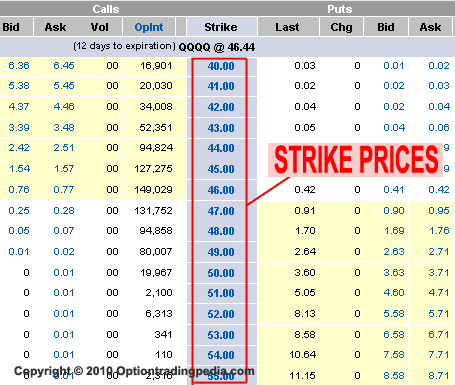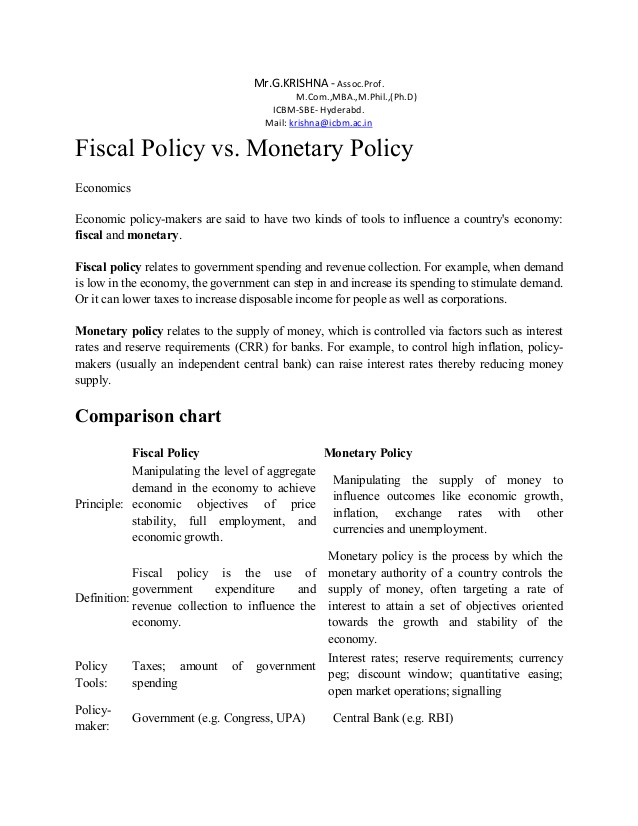Contents:


You can make an adjusting entry for depreciation using the straight-line method in the following simple steps. The account Accumulated Depreciation is a balance sheet account and therefore its balance is not closed at the end of the year. Accumulated Depreciation is a contra asset account whose credit balance will get larger every year.
Operating costs growing faster than revenues across the telecoms … – Technology Zimbabwe
Operating costs growing faster than revenues across the telecoms ….
Posted: Wed, 12 Apr 2023 13:08:02 GMT [source]
Accumulated depreciation is used to calculate an asset’s net book value, which is the value of an asset carried on the balance sheet. The formula for net book value is cost an asset minus accumulated depreciation. Depreciation reduced from asset in balance sheet and such depreciation amount should be shown in debit side in profit and loss account. A) Depreciation onfixed assetsis the loss of business, and every loss will be debited. Depreciation accumulated over the life of an asset is shown in the accumulated depreciation account. As no entry is made in the fixed asset account, it continues to show the historical cost of the asset.
These costs become part of the capitalized cost of the asset. Depreciation spreads the cost of an asset over its service life. By reducing the taxable earnings, depreciation reduces the amount of taxes owed. For the purpose of tax deductions, an asset’s service life may be different than its depreciation life.
This decline in value can either be attributed to the passage of time or the wear and tear of use. As the value of fixed assets reduces over time, due to usage, or both, making an adjusting entry for depreciation becomes necessary. Journal entries examples of depreciation will be advantageous to understand accounting aspect of depreciation.
Special Cases in Fixed-Asset Accounting and How to Handle Them
Instead, https://1investing.in/ is merely intended to gradually charge the cost of a fixed asset to expense over its useful life. Click the plus sign (+) above the left menu bar and select create journal entry. QBO doesn’t have dedicated features for fixed asset disposals so you need to do this manually. This amount can be determined by whatever is necessary to make the journal entry balance. How to make a journal entry to record depreciation on an asset. For example if you see the balance of third year it is 3,000.

Transform your order-to-cash cycle and speed up your cash application process by instantly matching and accurately applying customer payments to customer invoices in your ERP. Accumulated depreciation is the cumulative depreciation of an asset up to a single point in its life. When We also invest same depreciation fund money in depreciation fund investment.
Free Financial Statements Cheat Sheet
In the absence of such items, they are considered inventory. Harold Averkamp has worked as a university accounting instructor, accountant, and consultant for more than 25 years. He is the sole author of all the materials on AccountingCoach.com. Our writing and editorial staff are a team of experts holding advanced financial designations and have written for most major financial media publications. Our work has been directly cited by organizations including Entrepreneur, Business Insider, Investopedia, Forbes, CNBC, and many others. At Finance Strategists, we partner with financial experts to ensure the accuracy of our financial content.
Although gains and losses appear on the income statement, they are often shown separately from revenues and expenses. In that way, a decision maker can determine both the income derived from primary operations and the amount that resulted from tangential activities such as the sale of a building or other property . The following entry is recorded after the depreciation adjustment for the period is made. Construct the journal entry to record the disposal of property or equipment and the recognition of a gain or loss.
Thus, after five years, accumulated depreciation would total $16,000. Tracking the depreciation expense of an asset is important for reporting purposes because it spreads the cost of the asset over the time it’s in use. B) Depreciation account will be credit because with this depreciation account will be closed. Please do not create doubt about showing depreciation loss in credit side.
In each wave accountinging period, a predetermined portion of a company’s fixed assets is transferred through the adjusting entry for depreciation from the fixed assets to depreciation expense. All fixed assets such as buildings, furniture, machinery, equipment, fixtures, and vehicles depreciate over time with use and therefore, require an adjusting entry for depreciation. The accumulated depreciation account is a contra asset account on a company’s balance sheet. It appears as a reduction from the gross amount of fixed assets reported.
What Is Accumulated Depreciation?
To follow these steps, make sure you’re in Accountant view. To avoid creating duplicates, make sure you don’t already have a depreciation account. An overstatement of net income and an understatement of assets. The board of directors or senior managers of an organization should create a capitalization policy with a dollar amount threshold. Capitalize assets where the cost is material and the useful life is greater than 12 months.
Why is accumulated depreciation a credit balance? – Investopedia
Why is accumulated depreciation a credit balance?.
Posted: Sat, 25 Mar 2017 19:52:45 GMT [source]
For such assets, the treatment shown on the revaluation method is sufficient (i.e., depreciation may be directly credited to the fixed asset account). No entry relating to depreciation is made in a fixed asset account. This account will continue to show a debit equal to the cost of the fixed asset concerned.
Journal Entry for Full Reimbursement on an Insurance Claim
The journal entry for depreciation is considered an adjusting entry, which are the entries you’ll make prior to running an adjusted trial balance. Outside of the accounting world, depreciation means the decline in value of an item after purchase. In accounting, depreciation is the process of allocating the cost of an item over its anticipated useful life. This helps to ensure that company revenues are matched with the costs of assets used by a company to generate that revenue. The accounting for depreciation requires an ongoing series of entries to charge a fixed asset to expense, and eventually to derecognize it.

For example, installation, wages paid to install, freight, upgrades, etc. Depreciation – Dr. the increase in depreciation expense. After the asset’s useful life is over and when all depreciation is charged, the asset approaches its scrap or residual value. The depreciation charge for each of the six years of the machine’s useful life is $3,000. Finance Strategists is a leading financial literacy non-profit organization priding itself on providing accurate and reliable financial information to millions of readers each year. The articles and research support materials available on this site are educational and are not intended to be investment or tax advice.
3 Recording Depreciation Expense for a Partial Year
BlackLine and our ecosystem of software and cloud partners work together to transform our joint customers’ finance and accounting processes. Together, we provide innovative solutions that help F&A teams achieve shorter close cycles and better controls, enabling them to drive better decision-making across the company. To sustain timely performance of daily activities, banking and financial services organizations are turning to modern accounting and finance practices. It’s no longer a matter of whether or not to digitally transform. Maximize working capital with the only unified platform for collecting cash, providing credit, and understanding cash flow.
The historical cost of a fixed asset is needed for a number of reasons, such as computing depreciation using the fixed installment method or the payment of rates and taxes. It is an expense of the business; therefore, it is recorded on the debit side of the profit and loss account. When fixed assets are acquired for use in a business, they are usually useful only for a limited period. Calculating depreciation is the first step in managing depreciation expense. But you also need to record a journal entry for your depreciation calculation. However, there might be instances when the market value of a one-year-old computer may be less than the outstanding amount recognized in the balance sheet.
Credit BalanceCredit Balance is the capital amount that a company owes to its customers & it is reflected on the right side of the General Ledger Account. Usually, Liability accounts, Revenue accounts, Equity Accounts, Contra-Expense & Contra-Asset accounts tend to have the credit balance. With few exceptions, most businesses undergo a variety of changes that require adjustment entries. We’ll show you how to rectify everything from bad debts to depreciation to keep your books organized.
Suppose a consulting firm is moving to a new office and decides to donate its old desks to a charity. Over time, you may separately transfer or dispose of each item. Then, split the asset on the books and record it as an asset split. Splitting creates a new asset but retains the ID of the original asset. Software fixed assets focus on enterprise packages and platforms. Cloud-based applications are treated like software fixed assets for internal use, described later in this article.
- “Depreciation account” is credited to transfer depreciation into the P&L account.
- Depreciation expense is recorded on the income statement as an expense and represents how much of an asset’s value has been used up for that year.
- Everything which comes in the business will be debit under second rule of double entry system.
- Centralize, streamline, and automate intercompany reconciliations and dispute management.
- Then, post any payments to the account on the dates you made them.
Depreciation expense is recognized on the income statement as a non-cash expense that reduces the company’s net income or profit. For accounting purposes, the depreciation expense is debited, and the accumulated depreciation is credited. Fixed assets must be removed from the balance sheet when the asset is disposed of, such as sold, exchanged, or retired from operations. The journal entry to dispose of fixed assets affects several balance sheet accounts and one income statement account for the gain or loss from disposal. Removing disposed-of fixed assets from the balance sheet is an important bookkeeping task to keep the balance sheet accurate and useful. Alright, so now let’s consider the following year, right?

Over time, the accumulated depreciation balance will continue to increase as more depreciation is added to it, until such time as it equals the original cost of the asset. At that time, stop recording any depreciation expense, since the cost of the asset has now been reduced to zero. The purpose of the journal entry for depreciation is to achieve the matching principle.
